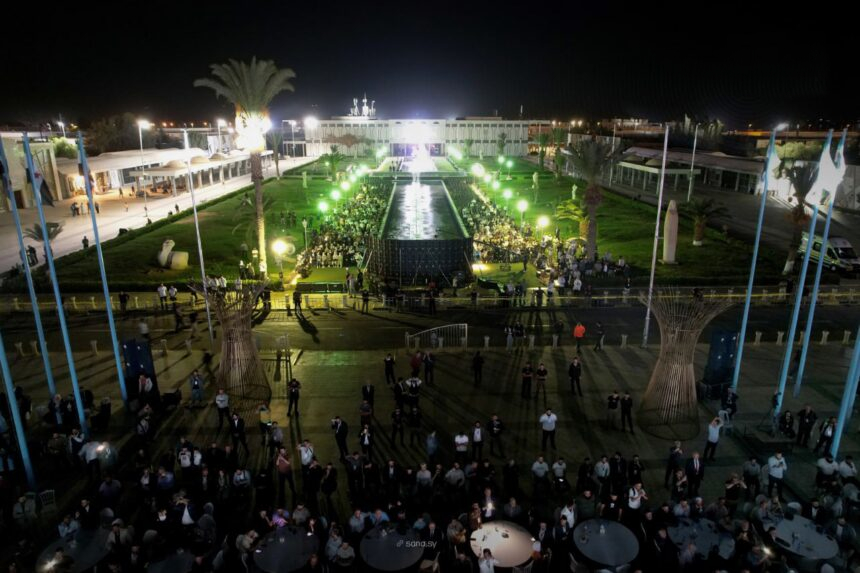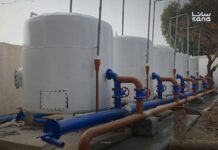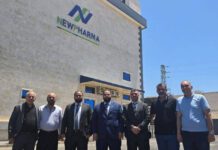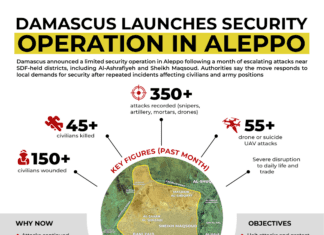
The Governorate of Damascus Countryside launched a community campaign titled “Our Countryside Deserves,” aiming to restore life to the towns and cities of Damascus Countryside, which have paid a heavy price during the years of the Syrian revolution and have endured killing, destruction, sieges and other challenges.
A $50 Million Goal
The Our Countryside Deserves campaign spokesperson Baraa Abdurahman told Al-Ikhbariyah, “There is no specific budget limit for the campaign. The expectations were that it could exceed $50 million, thanks to the volume of participation, but the donations were more than the expectation, reaching $74 million until now.”
Abdurahman confirmed direct oversight from the governorate and the presidency to ensure resources’ reach the most affected areas. A committee has been formed to determine priorities based on the extent of the destruction, with a focus on areas like Harasta, which suffered over 70% destruction. Studies for other areas, such as Darayya, and the western countryside, have also been done. He said “the goal is not only reconstruction, but the development of infrastructure to support the local economy, including electricity, water, and industry,” as well as providing housing for the displaced.
Campaign Goals
The campaign, aims to mobilize public and government resources to secure basic needs in Damascus Countryside, improve living conditions of residents through reconstruction projects, and foster a spirit of donation, giving, and social solidarity, making rural towns a model of cooperation between various segments of society.
Health and Sanitation Services
The Damascus Countryside currently has only 14 functioning hospitals, one destroyed, and seven partially damaged, with at least one new hospital required. Of 170 health centers, one is partially destroyed and 17 need refurbishment. The health sector’s needs total $78.3 million. Food and sanitation services also require urgent support: while 42 bakeries operate, two more bakeries are needed at a cost of $300,000. In the sanitation and waste management, 435 vehicles are operational, but 532 new vehicles are required, estimated at $16 million.
Religious and Educational Infrastructure
Education faces steep challenges. There are 1,274 schools in operation, but 170 need rebuilding and 608 lack equipment, while 700 new schools must be constructed to meet demand. The estimated cost is $412.3 million. Religious facilities also require investment: of 1,348 mosques, 14 were destroyed, 55 damaged, and 210 require refurbishment. In addition, 82 religious schools need restoration. These projects carry a cost of $22.5 million.
Housing and Vital Services
Reconstruction needs extend across housing and utilities. The war destroyed 75,000 homes and left 125,000 partially damaged, with rebuilding costs estimated at $1.275 billion. Utilities are also under strain: the area has 1,300 wells, with 110 needing restoration and 30 new wells required, costing $8 million. Sewage repairs include four main lines, 40 branch lines, and 10 treatment plants, costing $80 million. Electricity infrastructure requires maintenance of 11 transformers and construction of 14 new ones, with costs estimated between $100 million and $255 million.
Campaign organizers stress that while challenges remain immense, the strong response so far shows both local and international willingness to invest in rebuilding. They say success will depend on sustained funding and transparent management to turn pledges into lasting improvements for residents.








